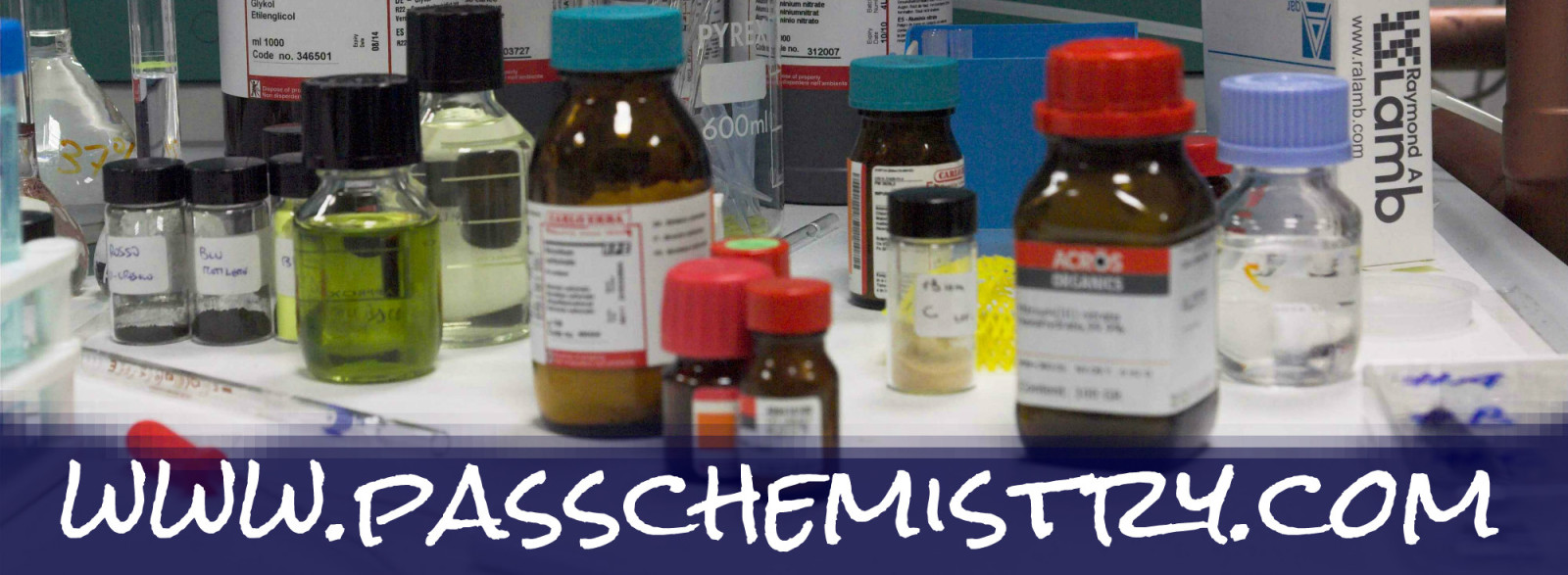Warm-Up: Determining the Oxidation Number of an Element When You Don’t Know It!
***Put the following in your notes!***
The oxidation number is the charge that an atom has as part of a compound or polyatomic ion. The following elements only have a single oxidation number and should be memorized:
H= +1 (when hydrogen acts like a metal) or -1 (when hydrogen acts like a nonmetal)
Li, Na, K, Rb, Cs= +1
Be, Mg, Ca, Sr, Ba= +2
B, Al= +3
O= -2 (exception, peroxide where O = -1)
F= -1
The other elements not on this list have common charges, but depending on what they are bonding with they have may have different oxidation numbers than what you would expect. You can find the oxidation number when you don’t know it since all charges for a compound add up to zero or all charges for the polyatomic add up to the charge for that particular ion.
ex. Find the oxidation number on Mn in the permanganate ion
To solve, look up the formula for the permanganate ion. The ion is made of one manganese atom and 4 oxygen atoms which together as a group have an overall charge of -1. You can solve using algebra:
x + 4(-2) = -1
In the math above, x represents the oxidation number on Mn, which we do not know. There are 4 oxygen atoms, each of which has a -2 charge, so this gives us 4(-2). The entire polyatomic ion has a charge of -1, so we set things equal to -1. Solving the math we find that Mn has a charge of +7 in this particular ion.
Another example: Find the oxidation number of S in the compound CaS2O6
This is a compound, so we know that the entire compound is neutral. The algebra will look like this:
+2 + 2x + 6(-2) =0
The Ca has a charge of +2. There are two sulfur atoms and we do not know the charge of this element, so this gives us 2x. There are 6 oxygens, each with a charge of -2, which gives us 6(-2). The entire equation is set equal to 0 since compounds are neutral. Solving the algebra we get that an atom of S in this compound has a charge of +5.
Try these problems on your own and we will go over them:
